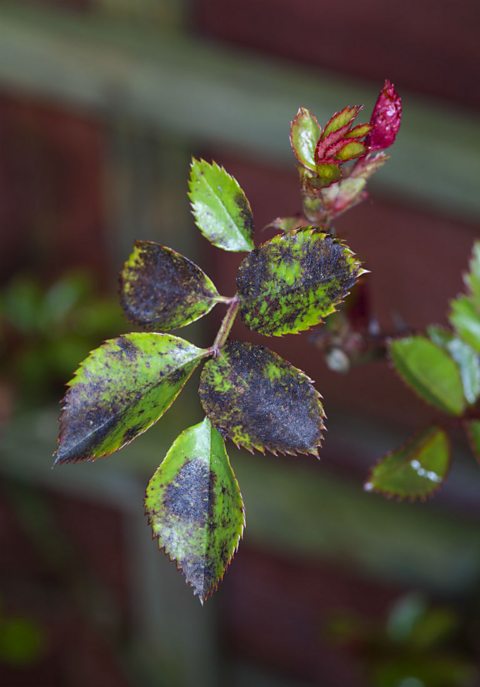Fungal diseases
Not all fungiA large group of eukaryotic organisms that contain single-celled yeasts, moulds and mushrooms. cause disease. yeastA unicellular fungus used in the brewing and baking industries. is a single-celled fungus that is economically important because we use it to make some bread and beer. Not all fungi are single-celled. Some such as mushrooms are multicellular and so much larger. These are still made of tiny cells like yeast, but have many more of them. Fungal cells have a nucleusThe nucleus controls what happens inside the cell. Chromosomes are structures found in the nucleus of most cells. The plural of nucleus is nuclei. and so are eukaryoteA single-celled organism or a cell of a multicellular organism that has a nucleus..
Athlete's foot

Athlete's foot is a rash caused by a fungus that is usually found between people's toes. It causes dry, red and flaky or white, wet and cracked skin. It is often found in communal areas like swimming pool changing rooms or gyms. It is transmitted by touching infected skin or surfaces that have been previous contaminated. It is treated by antifungal medicationDrugs that treat fungal infections like athlete's foot..
Rose black spot

Rose black spot is caused by a fungus which infects roses. It infects leaves and causes black or purple spots on the leaves. The rest of the leaves often turn yellow and can drop off the plant. This reduces that plant's ability to photosynthesisA chemical process used by plants to make glucose and oxygen from carbon dioxide and water, using light energy. Oxygen is produced as a by-product of photosynthesis. Algae subsumed within plants and some bacteria are also photosynthetic. and reduces growth. It can be transmitted in air or water, as well as through direct contact by gardeners. It is treatable using fungicideA chemical which kills fungi. and by removing and destroying infected leaves.